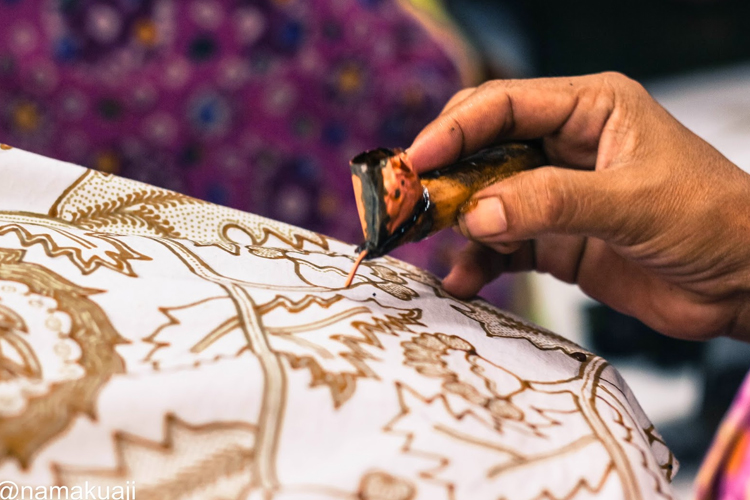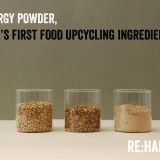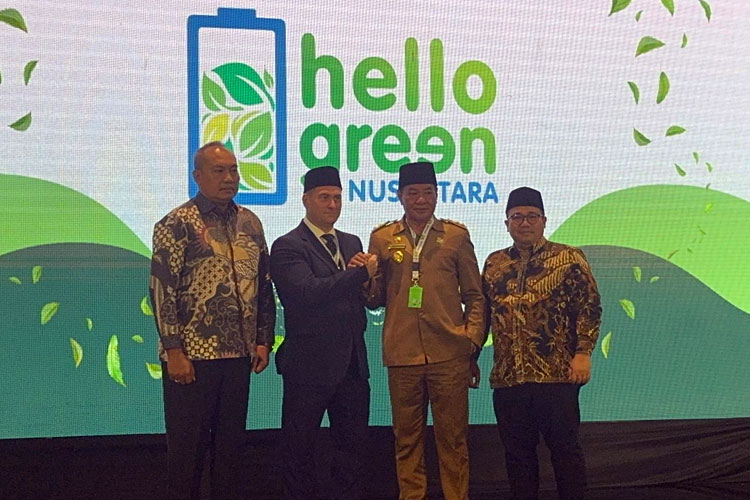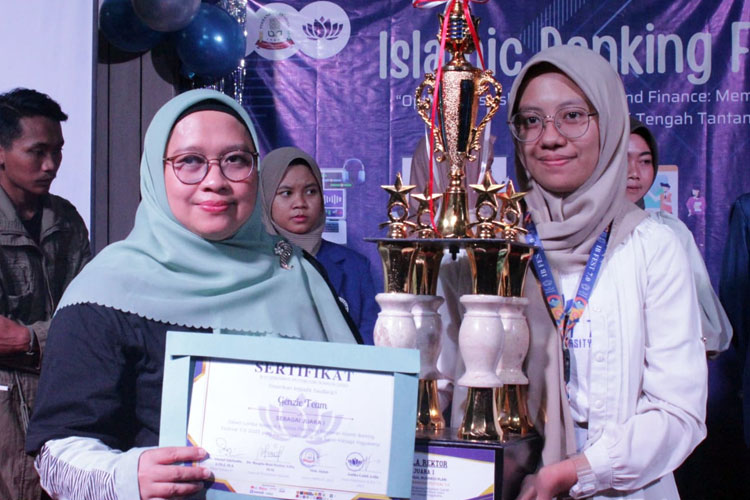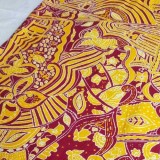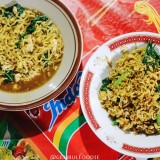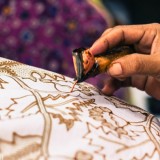TIMES HONGKONG, JAKARTA – Batik tulis, as a cultural heritage of Indonesia, is an art that is rich in meaning and a complicated process. Each stage of the process, from drawing the motif (nyungging), transferring the design (njaplak), to coloring (ngelorod), reflects the expertise and dedication of the craftsmen, bringing uniqueness to each piece of cloth.
A batik craftsman in Yogyakarta, Mrs. Sri sharep her tips in mking handcraft batik from thr scratch. "We are not just drawing on cloth, but we pour our soul and cultural identity into each batik motif," she said.
The craftsman's skills are very important for the success of batik tulis as a high-value product in the international market in the home industry.
The process of making batik tulis, which has been passed down from generation to generation, consists of several very important stages, not just scribbling on the cloth with wax.
1. Nyungging: Designing the Pattern
In this first stage, the pattern must be drawn on paper. It reuqires precision and a love of art and must be done carefully.
2. Njaplak: Transferring the Pattern to the Fabric
Once created, the design is carefully transferred to the fabric. Because the lines of the pattern must be perfect for the final result to be as expected, this stage requires patience.
3. Nglowong: Making Batik with Canting
Using a canting, a special tool used to draw on the fabric with hot wax, the batik motif begins to appear on the fabric, showing the craftsman's ability and commitment.
4. Ngiseni: Filling in the Motif
Once the outline of the motif is complete, the craftsman begins using a finer canting to add small details to the pattern. This process adds to the size and beauty of the batik fabric.
5. Nyolet: Adding Color to the Motif
Using a small brush, certain parts of the motif, such as flowers, can be colored to give a touch of vibrant color and beautify the appearance of the batik.
6. Mopok: Protecting the Motif with Wax
The purpose of this process is to ensure that certain motifs will not be colored when the fabric is dipped. One batik expert said, "This stage is like preserving the soul of the batik work."
7. Ngelir: Dyeing the Fabric Overall
At this point, the fabric is soaked in dye, so that the color spreads evenly across the entire surface of the fabric except for the areas covered in wax.
8. Nglorod: Removing Wax
After that, the fabric is boiled to remove the wax, so that the motif and color can be seen clearly.
9. Ngrentesi: Adding Dot Details
This stage uses a small canting to add small dots to the outline of the motif, giving a unique textured effect.
10. Nyumri: Re-coating with Wax
Some parts are covered again with wax before further coloring, ensuring that every detail is maintained.
11. Nyoja: Giving the Final Color
The fabric is dipped in sogan dye, producing the distinctive brown color often found in traditional batik from Yogyakarta and Solo.
12. Final Nglorod: Perfecting the Batik
In the final stage, the wax is completely removed to reveal the beauty of the batik tulis in its final form.
After a long time spent, the batik cloth that is made will become a product that is not only beautiful but also full of meaning and stories. Every line that is scratched and every drop of wax is proof of the love and dedication of batik craftsmen to Indonesia's cultural heritage.
"Every batik is not just a piece of cloth, but a trace of history that is told through motifs and colors," Mrs. Sri ended.
Artikel ini sebelumnya sudah tayang di TIMES Indonesia dengan judul: Take a Look at the Batik Tulis Process and See How Good You Are
| Writer | : |
| Editor | : Khodijah Siti |
